Produktnews: Das erste Orbea Orca kam vor 20 Jahren auf den Markt und war schon damals treuer Begleiter der baskischen Radprofis des Teams Euskatel. Über die Jahre hinweg wurde das Modell immer wieder neu überarbeitet und an die aktuellen Anforderungen angepasst. Mit dem neusten Orbea Orca für 2024 geht das Rennrad in die 7. Generation und scheint besonderes Augenmerk auf die Kletterfähigkeiten zu legen.
Mehr als nur ein besonders leichtes Rennrad soll das neue Orbea Orca 2024 sein, dennoch wurde das neue Straßenmodell der Spanier mit dem Slogan „Praise the light“ angekündigt und die angegebenen 6,7 Kilogramm Gewicht erregen zusätzliche Aufmerksamkeit. Neben dem geringen Gewicht, soll das neue Orca allerdings dank hochwertiger Materialien für beste Effizienz sorgen und zudem rasante Beschleunigung, agiles Handling und eine effektive Dämpfung von Vibrationen bieten. Basis dafür ist der Rahmen, der an den entscheidenden Stellen entweder besonders nachgiebig oder besonders steif sein soll.
Die Orbea Racing Philosophy sorgt seit jeher dafür, dass die Marke eigene Wege einschlägt, so der Hersteller. Im Rennrad-Segment hat man eine zunehmende Polarisierung mit immer spezielleren Modellen für ganz bestimmte Einsatzbereiche beobachtet, weshalb man sich dazu entschieden hat den Bergen den Kampf anzusagen und mit den Orbea Orca 2024 Modellen echte Leichtgewichte auf den Markt zu bringen.
Ein kleiner Exkurs der Produktmanager von Orbea gibt interessante Einblicke über die Gedanken während der Entwicklungsarbeit: „Das windschnittigste Aero-Rennrad niemals besonders leicht sein kann. Und umgekehrt kann ein superleichtes Rennrad nicht gleichzeitig Bestwerte in der Aerodynamik erreichen. 500 Gramm weniger Gewicht bei einem fünf Prozent steilen Anstieg sparen etwa drei Watt. Bei zehn Prozent Steigung sprechen wir schon von sechs Watt. Bei höherem Tempo hingegen kommt die Aerodynamik zum Tragen. So spart ein besonders windschnittiger Aero-Renner bei 30 km/h etwa zwölf Watt, bei 40 km/h 15 Watt und bei 50 km/h gar um die 28 Watt. Entsprechend macht es keinen Sinn, das Gewicht eines leichten Rennrads durch aerodynamische Elemente zu erhöhen. Im Anstieg gilt also: Je leichter das Rennrad, desto besser. Der Einsatz aerodynamischer Elemente mit zusätzlichem Gewicht würde diesen Vorteil beeinträchtigen. Zudem würde das Rennrad sein besonders agiles und reaktionsfreudiges Fahrverhalten einbüßen, was natürlich auf den Abfahrten nach den Ansteigen zu weniger Fahrspaß und einem schlechteren Gefühl führen würde.“
Um das Gewicht des Orca zu reduzieren, hat Orbea alle Details unter die Lupe genommen. Je leichter der Rahmen wird, desto schwieriger wird es, weitere Gramm einzusparen ohne Nachteile in Kauf nehmen zu müssen. Hier ging es also vor allem um diverse Details, um die nötigen Gramm herauszuholen. Das Ergebnis dieser Arbeit ist ein 750 Gramm leichter OMX-Rahmen in Größe 53 hinzukommt eine 360 Gramm leichte Gabel. Der preiswertere OMR-Rahmen kommt dabei auf 1.030 Gramm und die zugehörige Gabel auf 410 Gramm.
Um diese Zahlen zu erreichen wurden in erster Linie die Überlappungen von Material minimiert. Ein Carbon-Rahmen besteht aus einzelnen Carbon-Matten, welche genau zugeschnitten und in einem bestimmten Muster zusammengelegt werden, bevor sie mit Epoxidharz verbunden werden. Durch den Einsatz größerer, aber dafür weniger Matten gibt es beim neuen Orca weniger Überlappungen, wodurch einige Gramm Gewicht eingespart werden können. So konnten beim hochwertigen OMX-Rahmen 90 Carbon-Matten eingespart werden.
Auch die Lackierung und die Kleinteile im Rahmen spielen in Sachen Gewicht eine große Rolle. So werden alle Rahmen in der Orbea-Zentrale im Baskenland lackiert. Dadurch kann Orbea den kompletten Vorgang genau kontrollieren und das Gewicht weiter reduzieren. Konkret bedeutet das Einsparungen von etwa 15 Gramm beim Lack und 20 Gramm bei den Kleinteilen.
Dank der Zusammenarbeit mit OQUO-Laufrädern und dem Einsatz von Bauteilen der hauseigenen Marke OC Components konnte Orbea zudem von Beginn an das Rennrad als komplettes Gesamtsystem entwickeln. So konnte man etwa das Gewicht perfekt austariern und hier wie da wertvolle Gramm sparen.
Damit das Leichtgewicht allerding snicht zu Lasten der Effizienz geht, wurde bei der Entwicklung des Orca von Anfang an ein Steifigkeitsziel festgelegt. So gewährleistet man dass die Kraft effizient auf die Straße kommt. Eine Schlüsselrolle spielt dabei das sogenannte Powerspine-Rahmendesign. Dabei nimmt der untere Teil des Rahmens den Großteil der Verwindungskräfte sowie der seitlich wirkenden Kräfte auf. Steuerrohr, Unterrohr und Kettenstreben sind besonders verwindungssteif. Dadurch übermitteln sie die Kraft effizient aufs Hinterrad. Zudem sorgen sie für ein präzises Steuerverhalten und direktes Handling. Mit diesem Konzept will Orbea an anderen Bereichen des Rahmens Gewicht sparen, ohne die Steifigkeit laut eigenen Aussagen zu beeinträchtigen. Für den nötigen Komfort sorgen abgerundete Bereiche des Rahmens, welche eine besser Vibrationsdämpfung bieten.
Das neue Orbea Orca 2024 – Modelle und Ausstattungen

Neben dem Orbea Orca OMX Top-Rahmen in zwei Farben gibt es auch den etwas preiswerteren OMR-Rahmen in drei Farbvarianten. Beide Modelle kommen dabei in sieben Rahmengrößen. Dank des bewährten Orbea MyO Systems kann man die Modelle entsprechend der eigenen Vorstellungen und Bedürfnisse personalisieren. Preislich bewegen sich die OMX Modelle zwischen 10.999 Euro und 5.799 Euro je nach Ausstattung. Die OMR Modelle sind ab 3.399 Euro erhältlich.





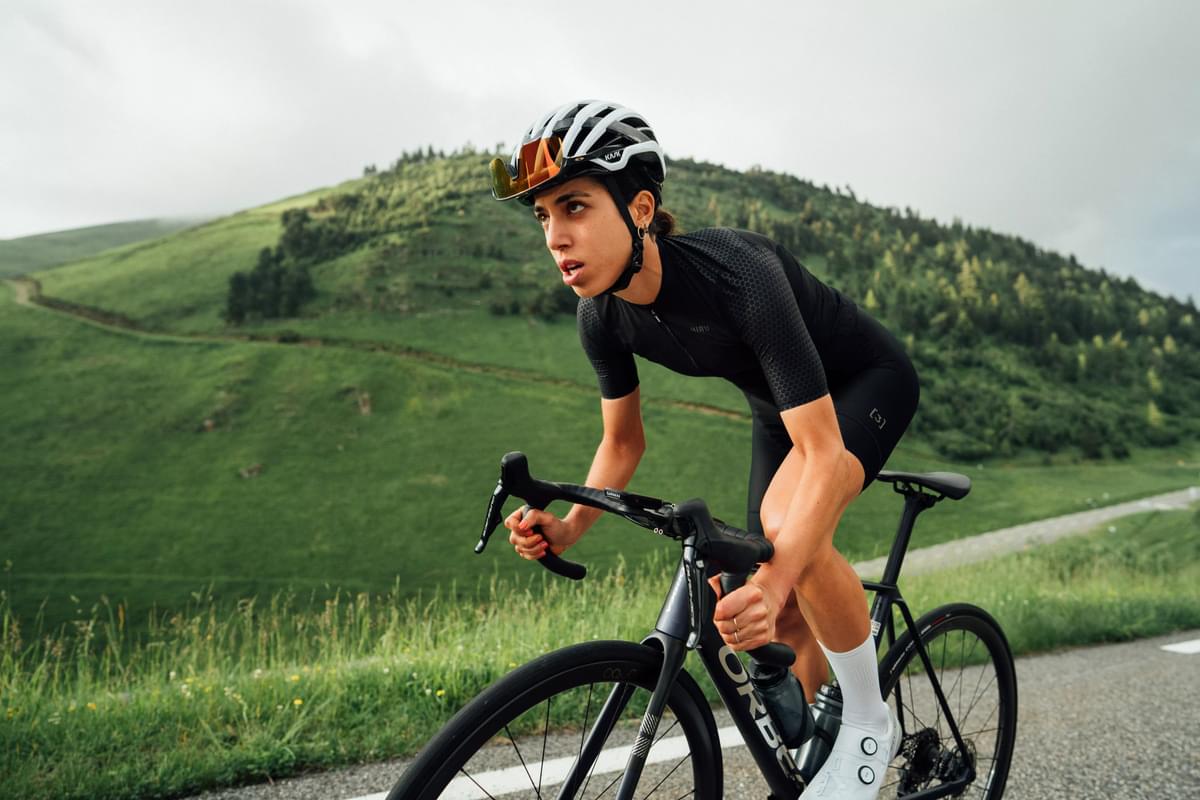


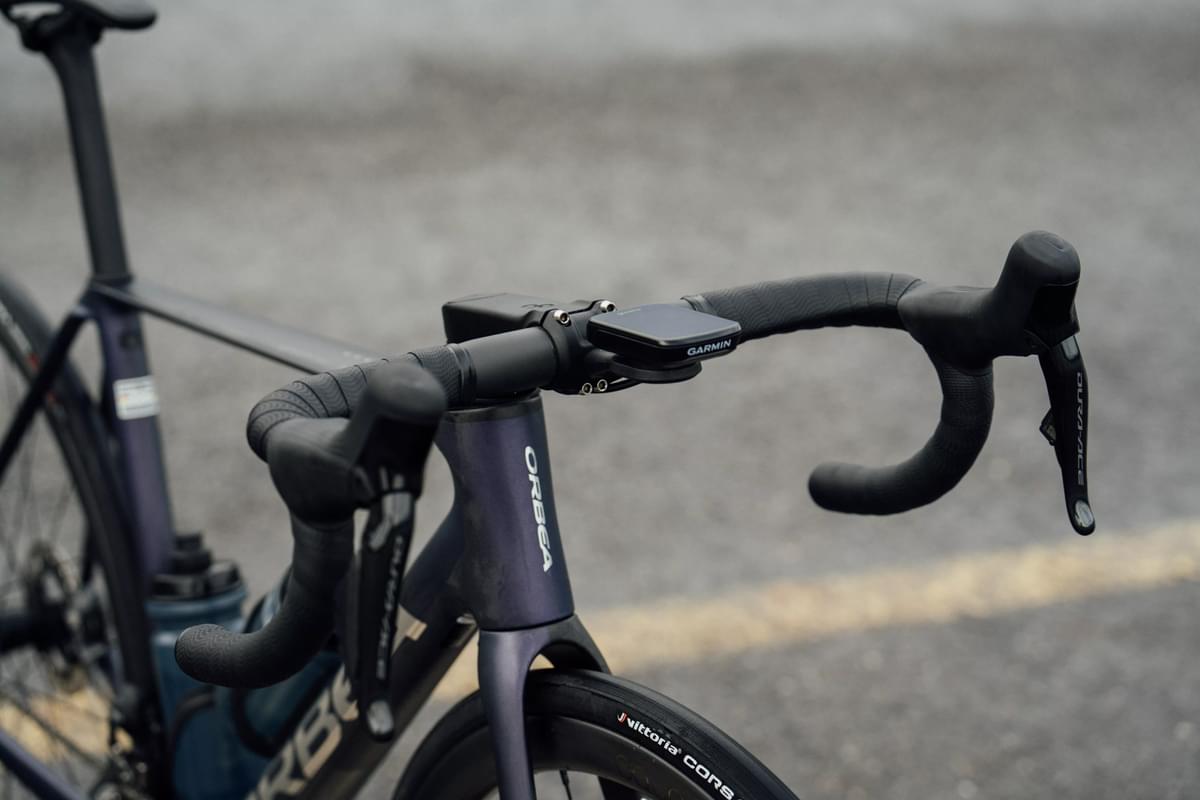

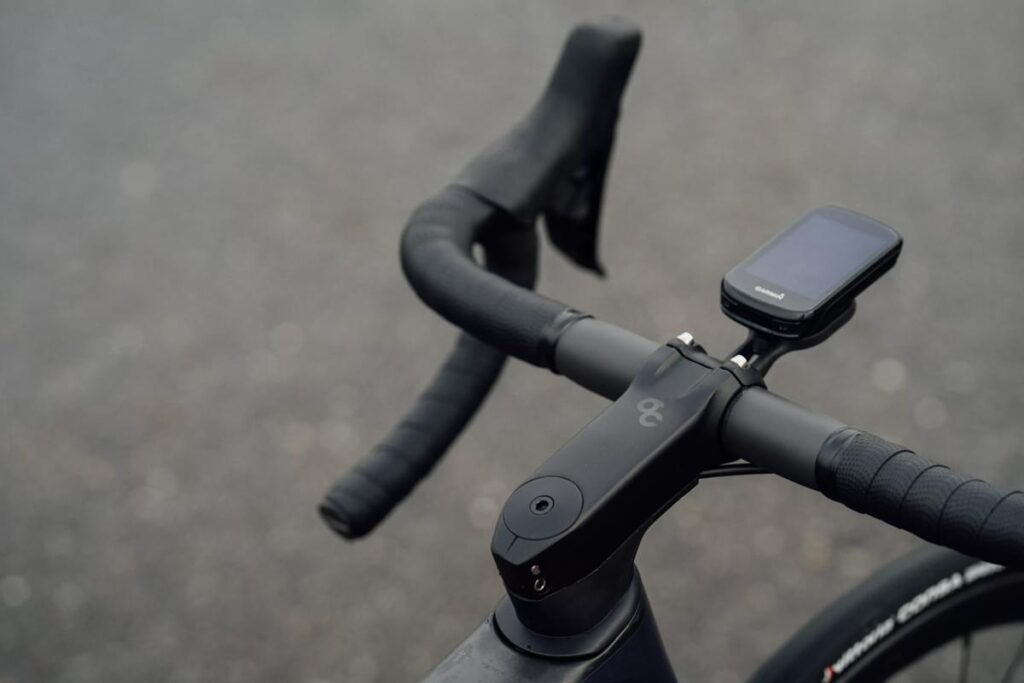

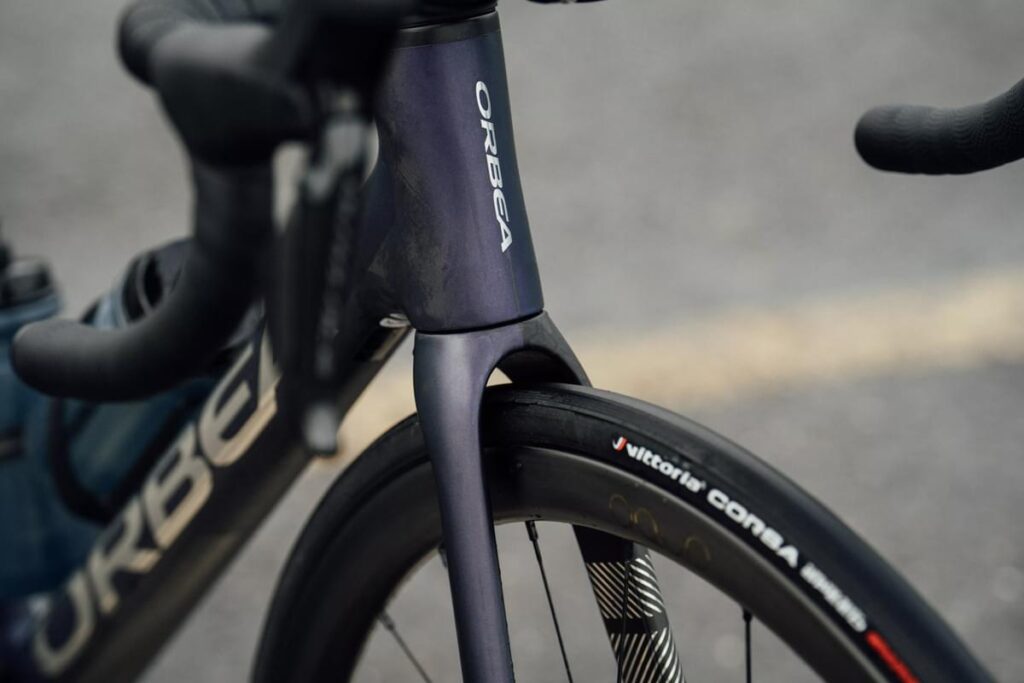


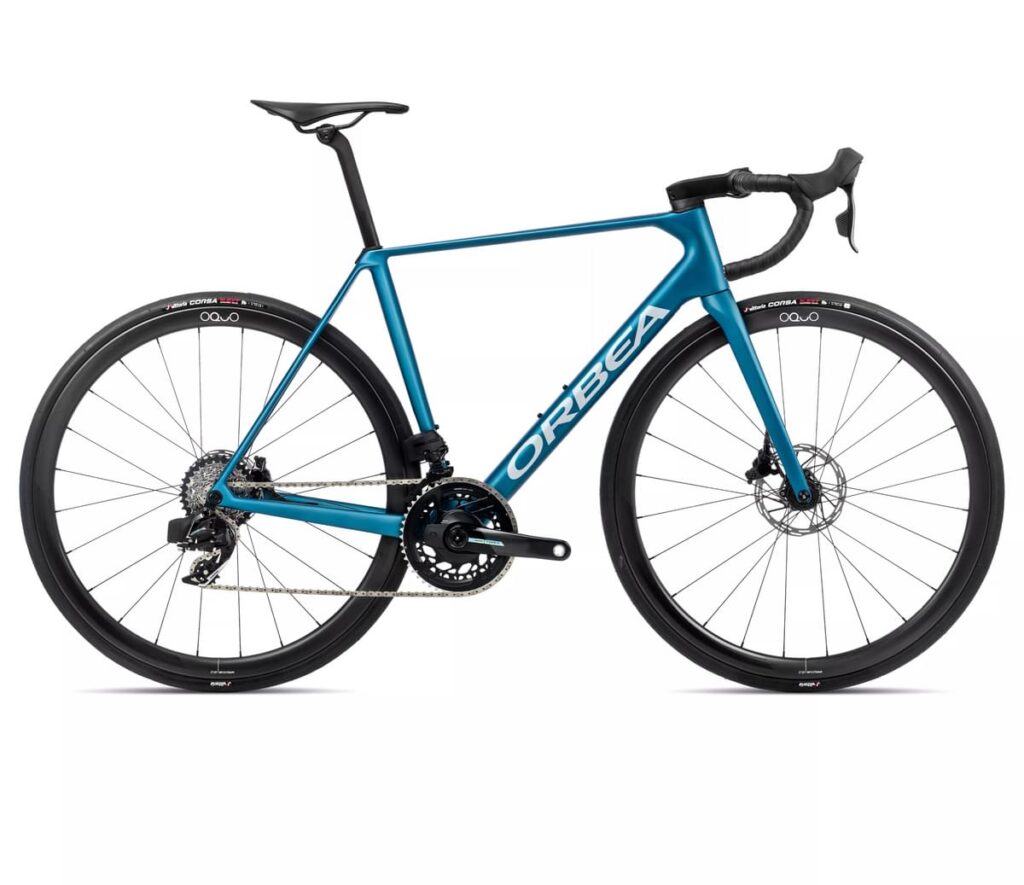


Schreibe einen Kommentar